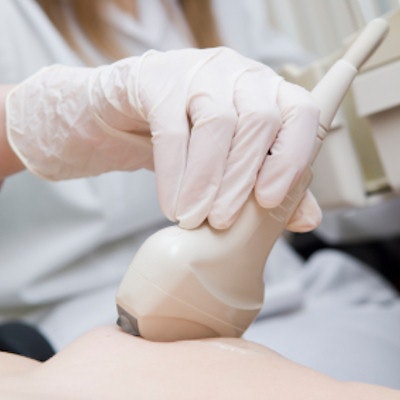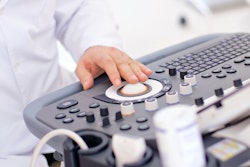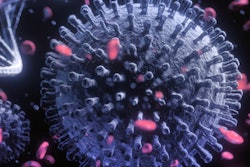
Cleaning and low-level disinfection (LLD) methods effective against bloodborne pathogens are safe and sufficient procedures for disinfecting ultrasound transducers used in percutaneous procedures, according to an intersocietal position statement issued by the American Institute of Ultrasound in Medicine (AIUM).
The statement was developed to address a growing debate over disinfection practices among practitioners in a wide range of medical specialties, the AIUM said.
Some practitioners have supported the use of high-level disinfection (HLD) techniques, which typically involve placing transducers in an apparatus that exposes them to specialized disinfecting chemicals, such as glutaraldehyde or a mist of hydrogen peroxide. Many hospitals and infection control staff have gone along with such recommendations because of infection concerns during the COVID-19 pandemic, thinking that HLD would provide an extra margin of safety, according to the AIUM.
Meanwhile, other experts have maintained that adequate protection is provided by use of a disposable transducer cover followed by cleaning and LLD, which involves wiping the equipment thoroughly with standard disinfectants.
Based on a review of published evidence, the AIUM concluded that ultrasound-guided percutaneous procedures can be safely performed in conjunction with cleaning and LLD techniques, noting that transducer covers or other approved mechanical barriers protect the sterility of the procedure. Moreover, evidence showed that rare cases of infection are typically linked to the use of nonsterile or contaminated coupling gels, failure to use a transducer cover, or improper cleaning, but not to the use of LLD techniques, the AIUM said.
The position statement was first published in the Journal of Ultrasound Medicine in February 2021 and recently republished with the support of 20 healthcare organizations representing more than 790,000 physicians, nurses, infection control professionals, and other healthcare professionals.
You can read the full statement on the AIUM website.



















